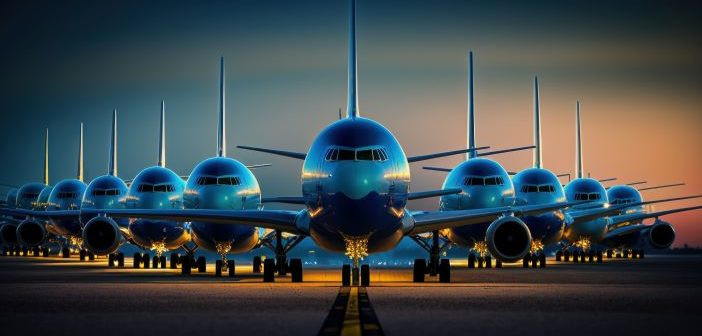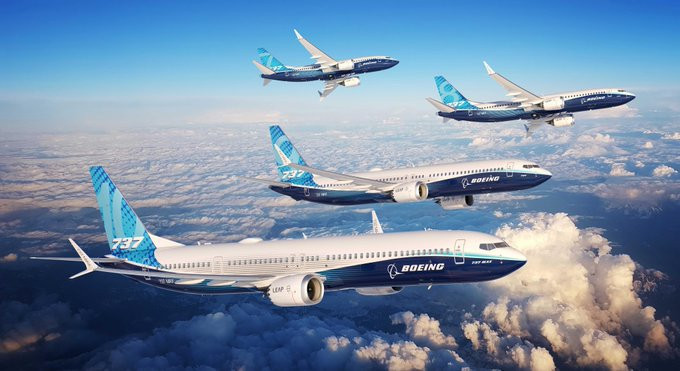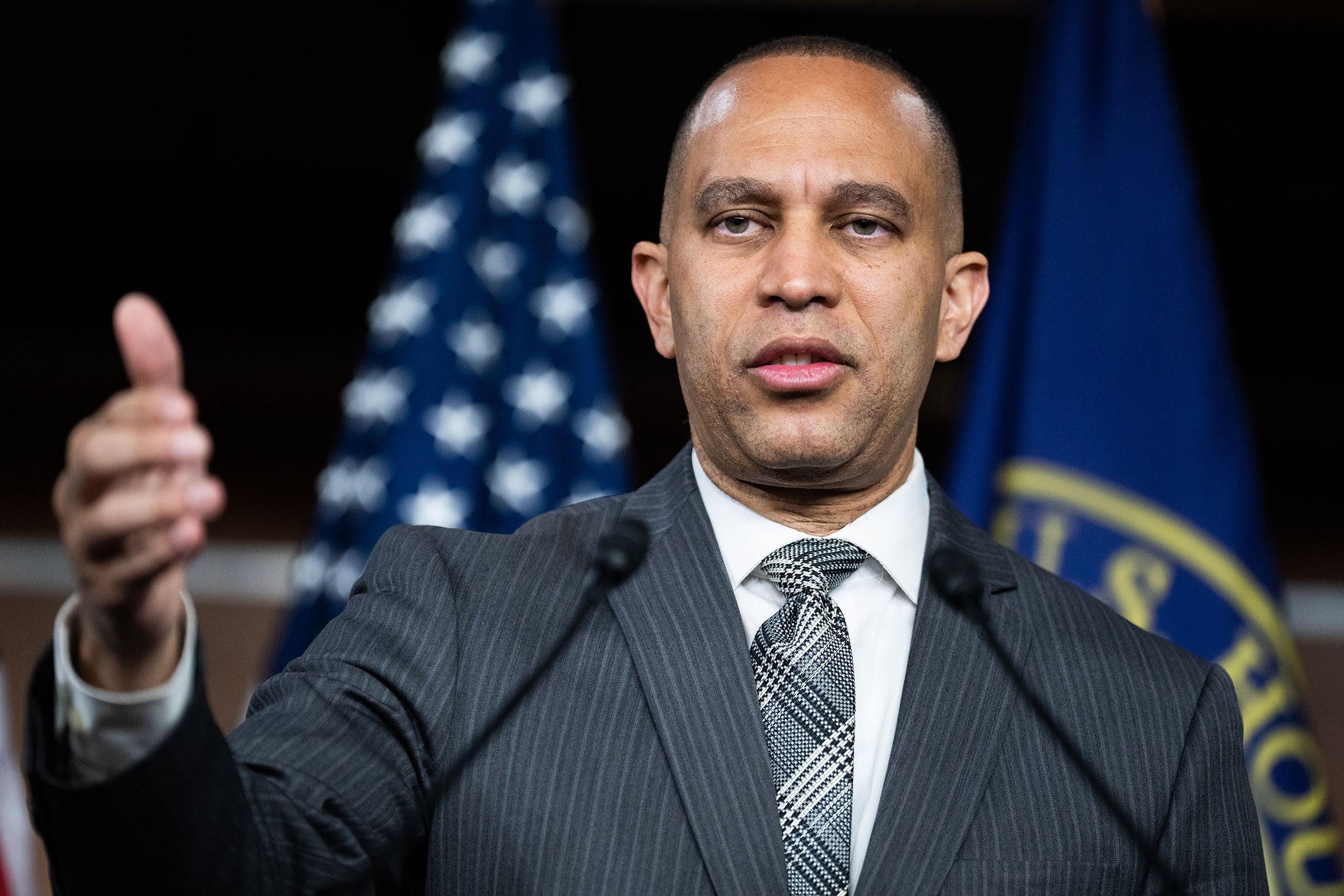Africa’s commercial airplane fleet is expected to more than double by 2043, driven by a growing, more prosperous population demanding new travel opportunities, according to Boeing’s 2024 Commercial Market Outlook (CMO). The report forecasts the delivery of over eight hundred new single-aisle jets, which will make up the majority of the region’s fleet expansion. Boeing's CMO is available here: https://www.boeing.com/commercial/market/commercial-market-outlook.
Passenger air traffic across Africa is projected to increase by 6.4% annually, more than tripling by 2043. This growth rate places Africa third among the ten global regions Boeing tracks for air traffic expansion.
"As demand for air travel increases, African airlines will require more single-aisle airplanes to serve key routes efficiently, including destinations in Europe, the Middle East, and within Africa itself," said Shahab Matin, Boeing’s managing director of Commercial Marketing for the Middle East and Africa. He noted that this expansion builds on Boeing’s long-standing relationship with African airlines, as more than 60 carriers on the continent currently operate nearly five hundred Boeing aircraft.
The CMO predicts that by 2043, 82% of new aircraft deliveries will be for fleet growth, the highest percentage of any region globally. Africa’s freighter fleet is also expected to triple to support the continent's growing e-commerce sector and export markets.
In addition, aviation services across Africa will experience an average annual growth of 5.7%, with the overall fleet more than doubling. To support this expansion, African airlines will need to hire and train approximately seventy-six thousand new pilots, maintenance technicians, and cabin crew members, tripling the number of personnel actively working in the region.
Africa's Airplane Fleet Growth: Key Projections
The CMO outlines the anticipated aircraft deliveries for Africa between 2024 and 2043:
- Regional Jets: 65
- Single-Aisle Aircraft: 830
- Widebody Planes: 260
- Freighters: 15
This translates to a total of 1,170 new aircraft expected to join the African aviation market over the next two decades.
Driving Factors Behind Africa's Aviation Boom
The surge in air travel demand across Africa can be attributed to several key factors:
1. A Young and Growing Population
Africa is home to a youthful and rapidly growing population, with a median age of 19.7 years. As this population matures and gains economic power, their desire to travel for business and leisure increases, driving up the demand for air travel.
2. Economic Growth and Development
Many African economies are experiencing robust growth, particularly in sectors like technology, tourism, and trade. This economic expansion fuels the need for efficient and accessible air transportation to connect businesses, investors, and tourists across the continent.
3. Increased Regional Connectivity
Africa's vast geographical area presents unique challenges for transportation. However, recent investments in infrastructure, particularly in aviation, are enhancing connectivity within and across the continent. This improved connectivity further stimulates trade, tourism, and economic growth, leading to higher demand for air travel.
Opportunities and Challenges for Africa's Aviation Sector
The significant growth in Africa's aviation sector presents both opportunities and challenges. While the increased demand for air travel offers significant potential for economic development and job creation, it also necessitates careful planning and investment to ensure the industry can meet the growing needs while maintaining safety and efficiency.
1. Workforce Development
With the projected tripling of aviation personnel, African countries will need to invest heavily in training programs to ensure a skilled workforce can support the expanding aviation industry. This includes developing infrastructure for pilot training, maintenance technicians, and cabin crew members to meet the growing demand for skilled professionals in the aviation sector.
2. Sustainable Growth
As Africa's aviation industry expands, it is crucial to adopt sustainable practices. This includes investing in fuel-efficient aircraft models, implementing environmental management systems, and promoting sustainable tourism initiatives. Embracing sustainable aviation practices will ensure long-term growth while minimizing the industry's environmental impact.
The Future of Africa's Aviation Sector
Boeing's CMO paints a promising picture for the future of Africa's aviation sector. As the continent continues to grow and develop, the demand for air travel will continue to rise. By strategically investing in infrastructure, workforce development, and sustainable practices, Africa's aviation industry can play a crucial role in shaping the continent's future, connecting people and economies, and contributing to its economic prosperity.


















